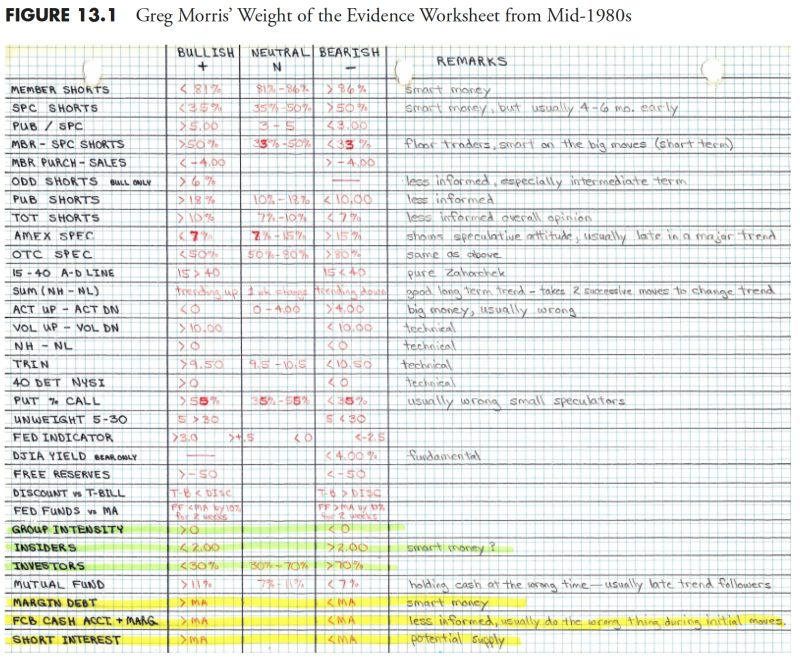In the world of investment management, rules-based money management plays a crucial role in guiding decisions for investors. The second part of this series delves into the critical aspect of measuring the market and its impact on implementing effective money management strategies. As investors navigate through the complexities of the financial markets, understanding key metrics and indicators becomes imperative for making informed decisions.
One of the fundamental tools in measuring the market is the concept of market breadth, which offers valuable insights into the overall health and direction of the market. Market breadth indicators such as the advance-decline ratio and the cumulative volume index help investors gauge the participation of stocks in market movements. By analyzing the breadth of market movements, investors can gain a more comprehensive view of market sentiment and potential turning points.
Another essential aspect of measuring the market is assessing market volatility. Volatility indicators like the CBOE Volatility Index (VIX) provide a measure of expected market volatility over the short term. Understanding market volatility is crucial for risk management and position sizing, as higher volatility levels can indicate increased market uncertainty and potential downside risk.
Moreover, examining market trends through technical analysis tools such as moving averages and trendlines can provide valuable insights into market direction. Identifying trends early on can help investors align their investment strategies with the prevailing market conditions and optimize their risk-return profile.
In addition to measuring the market, investors should also pay attention to macroeconomic indicators and their impact on the overall market environment. Economic indicators such as GDP growth, inflation rates, and interest rates can significantly influence market movements and asset prices. By staying informed about key economic indicators, investors can adapt their money management strategies to changing macroeconomic conditions and position themselves effectively in the market.
Furthermore, understanding the correlation between different asset classes and markets is essential for diversification and risk management. Correlation analysis helps investors assess the degree of relationship between various investments and optimize their portfolios for better risk-adjusted returns. By diversifying across asset classes with low correlation, investors can reduce portfolio volatility and enhance long-term performance.
As investors navigate the intricacies of the financial markets, measuring the market accurately is essential for making informed investment decisions and managing risk effectively. By utilizing market breadth indicators, assessing market volatility, analyzing trends, monitoring macroeconomic indicators, and understanding asset correlations, investors can enhance their money management strategies and optimize their investment outcomes in dynamic market environments.
